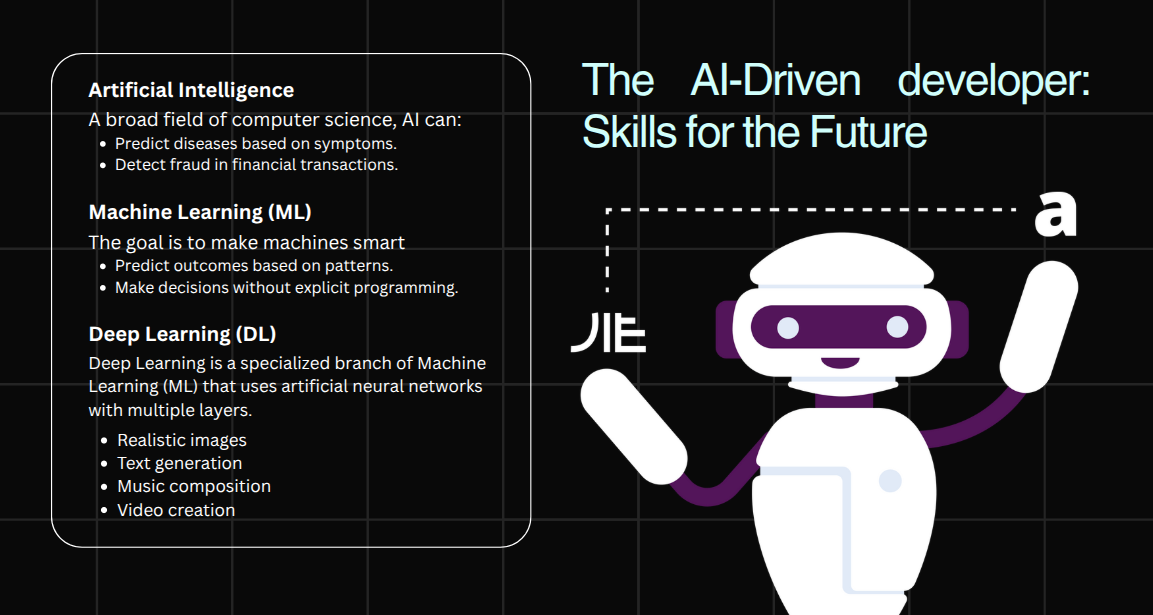It is a very common bottleneck in real-world development cycles. As a result, deployments often take longer than expected, not because of coding delays, but due to time spent resolving conflicts manually or hesitantly.
It’s not just about knowing git pull, git merge, or git rebase. It’s about understanding how Git thinks, how branches diverge, and how to safely resolve conflicts without breaking the codebase.
Knowing commands = basic Git literacy
Knowing conflict resolution = real Git fluency
“Knowing commands = basic Git literacy.”
Knowing Git commands like git clone, git pull, git commit, and git push means you’re familiar with how to operate Git at a surface level. This is important, but it’s just the starting point. Think of it like learning a language: knowing vocabulary isn’t enough—you need to understand context and structure to speak fluently.
🔹 Basic Git Literacy (Commands Most Developers Know):

These commands help navigate a Git repo and collaborate, but they don’t help much when complexities arise.
Real Git Fluency = Understanding How Git Thinks
Fluent Git users understand why conflicts happen and how to resolve them safely. This includes:
Conceptual Understanding:
- How Git stores data (commits, blobs, trees)
- How branches and HEAD pointers work
- The difference between fast-forward and recursive merges
- How rebase works vs merge
- What causes merge conflicts, and how to resolve them cleanly
- Interactive rebasing (git rebase -i)
- Using tools like git log, git diff, git stash, git reset, git reflog
Why This Matters in Teams
- Teams spend hours debugging conflicts they don’t fully understand
- Delays happen when people hesitate to resolve issues independently
- Mistakes in conflict resolution can break the build or cause data loss
💡 Final Thought
Knowing Git commands = literacy. Understanding Git logic = fluency. And fluency is what saves teams time, reduces deployment delays, and builds confidence.





Hey are using WordPress for your blog platform? I’m new to the blog world but I’m trying tto get started and create my own. Do
you require any coding knowledge to make your own blog? Any
help would be greatly appreciated! http://boyarka-Inform.com/
The website design looks great—clean, user-friendly, and visually appealing! It definitely has the potential to attract more visitors. Maybe adding even more engaging content (like interactive posts, videos, or expert insights) could take it to the next level. Keep up the good work! German news in Russian (новости Германии)— quirky, bold, and hypnotically captivating. Like a telegram from a parallel Europe. Care to take a peek?